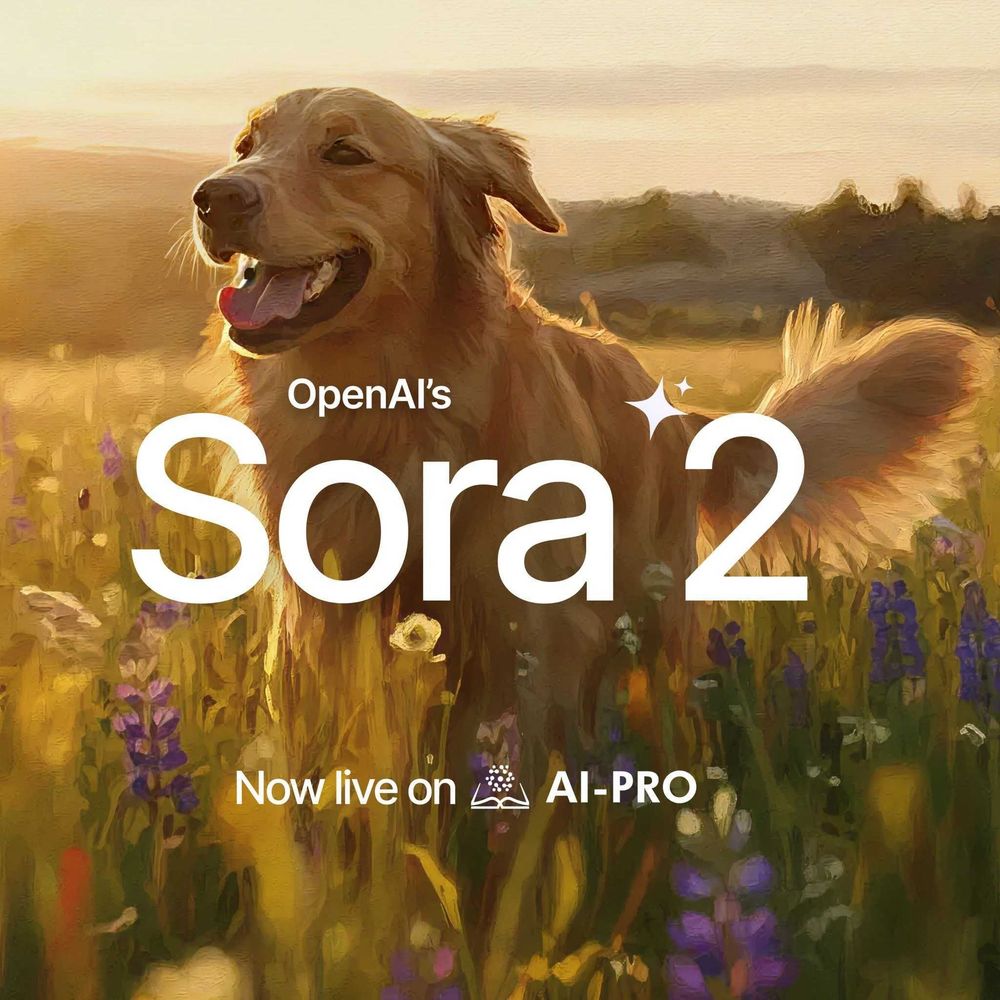
The early 2000s marked a significant turning point in the history of artificial intelligence (AI). After decades of theoretical development and periodic bursts of innovation, this era saw AI transition from being a realm of abstract concepts to a field of practical, real-world applications. The convergence of advanced computing power, the proliferation of large datasets, and breakthroughs in machine learning algorithms created a perfect storm that propelled AI from the margins of scientific curiosity to the forefront of technological innovation.
Understanding this period is crucial for grasping the current state of AI and its profound impact on society. The advancements made during the early to late 2000s laid the foundational groundwork for the sophisticated AI systems we see today, transforming various industries and reshaping societal norms, workforce dynamics, and our daily interactions with technology.
This article will delve into the key developments that defined AI during this pivotal era. By examining different milestones, we aim to provide a comprehensive understanding of how AI evolved from theoretical concepts to practical applications, setting the stage for its continued impact on our world.
Foundations of Modern AI

The early 2000s marked a pivotal era in the evolution of artificial intelligence, driven by major advancements in machine learning and the resurgence of neural networks. These developments laid the groundwork for the transformative AI technologies that shape our world today.
Machine learning transitioned from a niche research field to a mainstream technology, thanks to three key factors. First, rapid improvements in computer hardware made it possible to process large-scale computations necessary for training complex models. More powerful and affordable hardware enabled researchers to explore sophisticated algorithms with greater efficiency. Second, the explosion of available data provided essential training material for machine learning models. The rise of the internet and digital storage created vast datasets, with ImageNet—introduced in 2009—becoming a key benchmark for testing model performance. Lastly, advances in mathematical techniques, such as support vector machines, random forests, and gradient boosting, allowed for more accurate predictions and enhanced the reliability of machine learning solutions.
In parallel, neural networks experienced a resurgence, fueled by the same hardware and data advancements. While neural networks had existed since the 1950s, limited computing power and insufficient data initially hindered their progress. However, with access to modern hardware and larger datasets, researchers refined neural network architectures and introduced deep learning—a method using multiple network layers to learn complex patterns. This breakthrough allowed for significant progress in fields like image recognition, natural language processing, and autonomous systems.
The contributions of researchers like Geoffrey Hinton, Yann LeCun, and Yoshua Bengio—often called the “godfathers of deep learning”—further accelerated neural network development. Their innovations in backpropagation and novel network architectures laid the groundwork for key AI applications, from facial recognition to self-driving cars. Together, the advances in machine learning and deep learning during the early 2000s set the stage for the modern AI landscape, enabling the smarter, more capable systems we rely on today.
Key Milestones and Breakthroughs

The late 2000s marked a period of significant AI breakthroughs, with major strides in image recognition, autonomous systems, and natural language processing (NLP). These milestones laid the foundation for modern AI applications and accelerated its adoption across industries.
1. Image Recognition
Image recognition saw a transformative leap with the launch of the ImageNet visual database in 2009. This large-scale dataset became a critical benchmark for testing and refining deep learning algorithms. The adoption of Graphics Processing Units (GPUs) for model training further boosted progress, enabling faster and more efficient processing of complex neural networks. These advancements propelled image recognition technology into mainstream applications like facial recognition and content tagging.
2. Autonomous Systems and Robotics
Autonomous systems and robotics also experienced rapid development during this era. Early prototypes of self-driving cars demonstrated the feasibility of autonomous navigation, driven by improvements in sensor technology, mapping algorithms, and the integration of AI with robotics. These innovations laid the groundwork for the future of autonomous vehicles and robotic automation in industries like logistics and manufacturing.
3. Natural Language Processing (NLP)
Natural language processing (NLP) saw the emergence of early language models and simple chatbots capable of generating human-like text. These early advancements set the stage for more sophisticated NLP applications, including virtual assistants, sentiment analysis, and machine translation. The progress achieved during this period paved the way for modern AI systems capable of understanding and responding to natural language queries.
Together, these milestones expanded the possibilities of AI, driving technological innovation and setting the stage for the transformative developments that followed in subsequent years.
AI in Everyday Life

AI became a prominent part of daily life in the early 2010s with the rise of virtual assistants, personalized recommendations, and AI-driven consumer applications. These developments transformed how people interact with technology, making it more intuitive, responsive, and personalized.
Virtual Assistants and Consumer Applications
The launch of Apple’s Siri in 2011 marked a major breakthrough in AI’s entry into consumer devices. Siri allowed users to perform tasks like setting reminders, sending messages, and making calls using natural language commands. This innovation set the stage for other virtual assistants like Amazon’s Alexa and Google Assistant, which expanded AI’s role in consumer electronics, from smart speakers to home automation.
Beyond virtual assistants, AI-powered chatbots also began to reshape customer service. Businesses used these bots to provide 24/7 support, answer common queries, and streamline customer interactions. Social media platforms integrated AI for tasks like photo tagging and personalized content feeds, making user experiences more interactive and engaging.
Recommendation Systems and Personalization
AI-driven recommendation systems became a defining feature of online platforms in the early 2010s. Services like Netflix, Amazon, and social media platforms used machine learning algorithms to analyze user behavior and preferences, generating highly personalized suggestions.
For example, Netflix’s AI system recommended movies and shows based on viewing history and user behavior, enhancing engagement and retention. Similarly, Amazon’s recommendation engine suggested products aligned with browsing and purchase history, personalizing the shopping experience. Social media platforms curated custom feeds and recommended content likely to engage users, relying on AI to analyze interactions, search history, and demographic data.
These advancements in personalization and AI-driven recommendations underscored AI’s growing influence on everyday life. By making technology more user-friendly and responsive to individual needs, AI cemented its role as an essential part of modern consumer experiences.
Future Directions and Implications

The future of AI is a blend of promise and challenge, as predictions from the late 2000s begin to take shape. Optimistic forecasts envisioned AI revolutionizing healthcare, finance, education, and transportation, with advances like autonomous vehicles, AI-driven medical diagnostics, and personalized learning platforms. While some of these visions have materialized—self-driving cars are being tested, AI-enhanced healthcare is improving outcomes, and adaptive learning tools are more accessible—others, like humanoid robots in daily life, remain aspirational.
Despite progress, significant hurdles remain. Key issues such as AI explainability, ethical transparency, and responsible decision-making are still being addressed. The continued evolution of sophisticated AI models will influence a range of sectors, driving both technological progress and societal transformation.
The societal impact of AI is profound, particularly in how it reshapes the workforce. As automation takes over routine tasks, there is a growing need for jobs that emphasize creativity, critical thinking, and human interaction. This shift is prompting educational reforms that prioritize skills like problem-solving, empathy, and lifelong learning. Simultaneously, AI is transforming education itself, with personalized learning platforms enabling students to learn at their own pace. However, these tools raise equity concerns, as not all students have equal access to advanced educational technologies.
Ethical considerations are at the forefront of AI development. As AI systems play a larger role in decision-making, issues of bias, privacy, and accountability have become central to the discourse. Regulators and industry leaders are working to establish guidelines and standards that ensure AI is developed responsibly and with human welfare in mind.
In summary, AI's future holds immense potential but requires thoughtful navigation. By addressing ethical challenges, promoting educational equity, and ensuring transparency, society can harness the transformative power of AI for the collective good.





